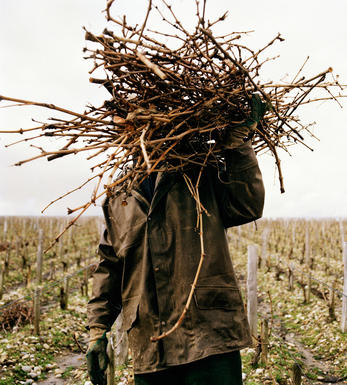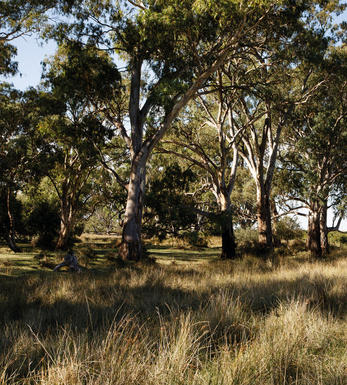
Critics reviews
Robert M. Parker, Jr. - Wine Advocate - Issue#148 Aug 2003
About this WINE

Clarendon Hills
Clarendon Hills is a small family run winery based in Clarendon, South Australia. The company, founded by biochemist Roman Bratasiuk in 1990 is still owned and sustained by the self-taught winemaking proprietor. Considered somewhat of a maverick within the Australian industry, Roman has irrevocably changed the landscape of Australian fine wine.
Roman is a man obsessed by the great wines of the world. This passion propelled him toward winemaking as he sought to make wines for himself in the style he enjoyed most, in many ways influenced by his favourite producers and varieties. Captivated by the impact an appellation forges, Roman never deviated from his path in conveying varietal expression.
Ancient, low yielding single vineyards based the formula for conveying sense of place and varietal expression; Clarendon and its surrounding districts offered both choice of sizeable old vine 80-90year old parcels but geologically and geographically varied terrain. This was an angle that was absolutely unique within Australia at the time. The emerging of one particular wine grabbed the world’s attention. 1994 was year Astralis was born. Although, the wine had remained unchanged from the 1990, 91, 92 and 93 Clarendon Hills Shiraz – Roman saw more in this wine than everyone. As a result it was re-branded it to Astralis (Oxford Dictionary: pertaining to the stars) reflecting he and wife Sue’s opinion that it was ‘out of this world’. The wine was an instant success.
Most recently the 1994 and the 1996 vintages have been included in the Greatest 1000 wines of all time 1727-2006. It remains Clarendon Hills’ most highly demanded cuvee and least available. The style of wine Roman made was much more widely received within international markets, whose level of wine education and consumption maturity naturally appreciated his style. To Roman’s frustration, international demand saw close to 100% of the product being exported; his wines were almost unknown in Australia for many years. Clarendon Hills received glowing accolades and awards, invitations to events that showcased only the world’s leading wines, presenting/sitting next to winemakers that perpetuated Roman toward making wine, being mentioned in the same sentence as DRC; these are all aspects of the stratospheric rise of Clarendon Hills in 1990’s.
Roman has adopted a ‘Burgundian’ philosophy with 19 single vineyard wines available, reflecting an internal hierarchy seen in the old-world. Village wine, Premier-Cru and Grand-Cru classifications. This is a winery that showcases the elegance of the old-world and the depth of new-world Australia .

Adelaide Hills
Adelaide Hills, this up-and-coming South Australian region, may only be half an hour's drive from the city of Adelaide, spanning a 75km by 20km zone, but the change in topography is dramatic, the hot, dusty streets giving way to an elevated maze of verdant, twisting valleys of the Mount Lofty Ranges, offering varying aspects at between 350 and 700 metres.
Naturally, such a cool environment favours early ripening varietals such as Sauvignon Blanc, Chardonnay and Pinot Noir. Soils are predominantly low, fertile grey loam. The total area is approximately 500 hectares, with a disproportionate number of single wineries. However high land prices deter all but the die-hards.

Grenache/Garnacha
Grenache (Noir) is widely grown and comes in a variety of styles. Believed to originate in Spain, it was, in the late 20th century, the most widely planted black grape variety in the world. Today it hovers around seventh in the pecking order. It tends to produce very fruity, rich wines that can range quite widely in their level of tannin.
In many regions – most famously the Southern Rhône, where it complements Syrah and Mourvèdre, among other grapes – it adds backbone and colour to blends, but some of the most notable Châteauneuf du Pape producers (such as Château Rayas) make 100 percent Grenache wines. The grape is a component in many wines of the Languedoc (where you’ll also find its lighter-coloured forms, Grenache Gris and Blanc) and is responsible for much southern French rosé – taking the lead in most Provence styles.
Found all over Spain as Garnacha Tinta (spelt Garnaxa in Catalonia), the grape variety is increasingly detailed on wine labels there. Along with Tempranillo, it forms the majority of the blend for Rioja’s reds and has been adopted widely in Navarra, where it produces lighter styles of red and rosado (rosé). It can also be found operating under a pseudonym, Cannonau, in Sardinia.
Beyond Europe, Grenache is widely planted in California and Australia, largely thanks to its ability to operate in high temperatures and without much water. Particularly in the Barossa Valley, there are some extraordinary dry-farmed bush vines, some of which are centuries old and produce wines of startling intensity.



Buying options
Add to wishlist
Description
The 2001 Grenache Old Vines Clarendon Vineyard’s soaring aromatics envelop the olfactory senses offering up notes of freshly ground pepper, spice box, plums, figs, black cherries, and balsam wood. Full-bodied, thick, and unctuously-textured with great finishing acidity that gives delineation and uplift to the wine’s enormous concentration and overall purity, it is a stunning example of old vine Grenache that should drink well for a decade.
Robert M. Parker, Jr. - Wine Advocate - Issue#148 Aug 2003
wine at a glance
Delivery and quality guarantee